
Eight Artists and Photographers Trying to Tackle Climate Change
The UN predicts that we have only 11 years left to prevent irreversible damage from climate change, which would require serious involvement from people, politicians and businesses. We had a look at eight artists and photographers using their platform to highlight these issues and encourage this social change.
1. Olafur Eliasson
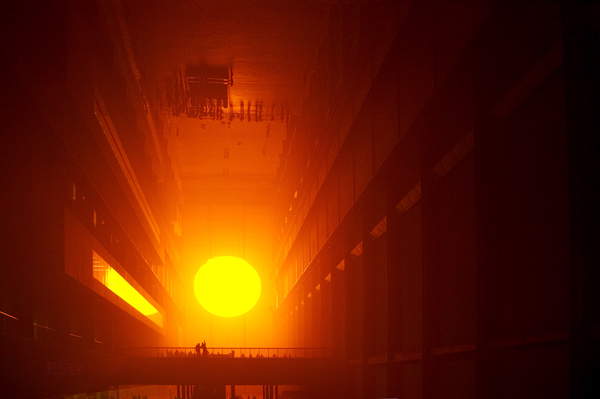

Danish-Icelandic artist Olafur Eliasson firmly believes that artists and other drivers of the cultural sector are more likely to create change in our society than politicians or economists.
In his Ice Watch (2014) twelve blocks of ice were transported from Greenland to Copenhagen City Hall’s square, where they were arranged in a clock formation. The ice took three days to melt, allowing people to interact with it, a stark reminder that people must wake up from ignoring climate change. Ice Watch (2018) brought blocks of ice to London, coinciding with the meeting of world leaders at the COP24 climate change conference in Poland.
At his current exhibition at the Tate Modern in London, he puts a careful focus on trying to inspire action on the climate crisis.
2. Olly and Suzi
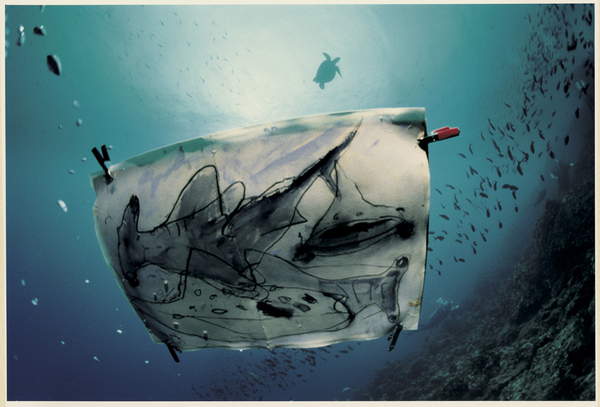

Olly and Suzi are British collaborative artists who track, paint, and photograph endangered species in the wild. Since 1993, they have taken part in more than 50 expeditions, sometimes even taking paw-prints or bite-marks from their animal of study.
3. Xavier Cortada
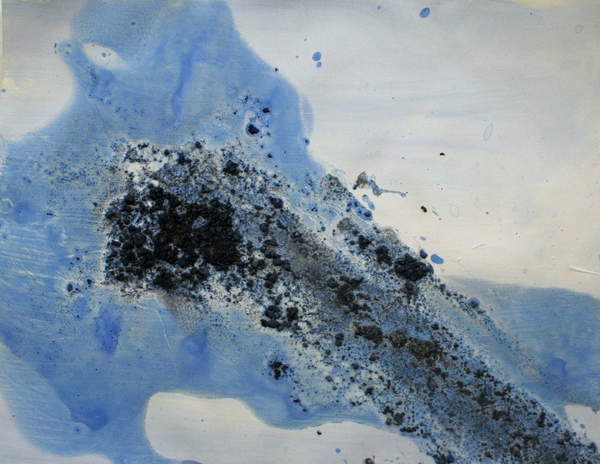
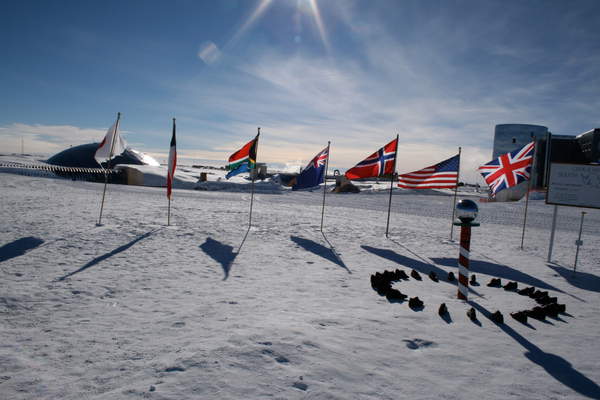
Xavier Cortada is a Miami-based artist who often collaborates with scientists to highlight climate change.
Cortada’s Longitudinal Installation was set up in the South Pole in 2007 and in the North Pole in 2008. Cortada laid out 24 shoes in a circle to represent 24 longitudes, then walked up to each shoe and read a climate-related quote from a person living along the aligning longitude. For example, at 60° E, he read a quote by Iranian environmental researcher Alamdar Alamdari: “More than 90 percent of our wetlands have completely dried up.”
4. Eric Lafforgue
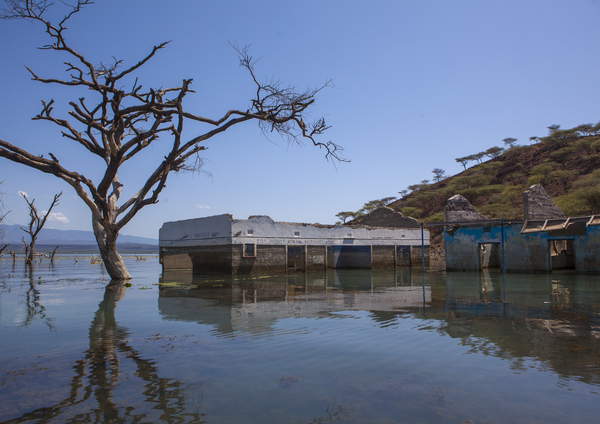
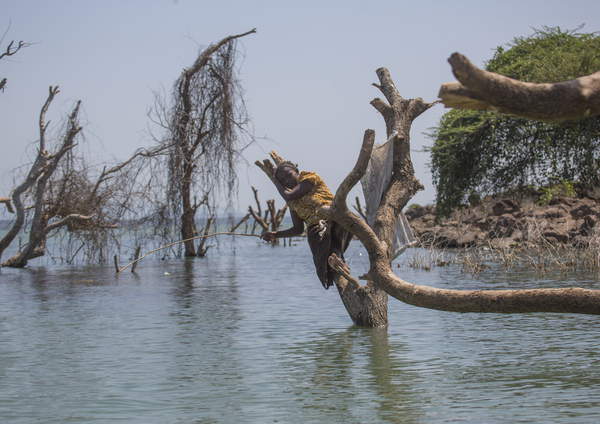
Eric Lafforge’s photography from his far-away travels has been featured in magazines such as National Geographic, Der Speigel, Le Monde, and Lonely Planet. His series on a flood in Baringo County, Kenya, highlights the very real effects of climate disaster on an area where agriculture provides income and employment for 80% of the population. According to a report by the World Bank, from 2021 – 2065 the climate will only get more inhospitable with a significant increase in temperatures, prolonged moisture stress, and increasingly variable rainfall.
5. Paul Powis
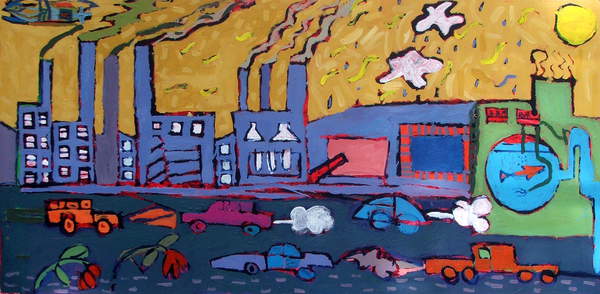
Paul Powis’ paintings use wonderful bright colours, but have a sombre side to highlight how our pollution is destroying our nature.
6. Tamas Galambos
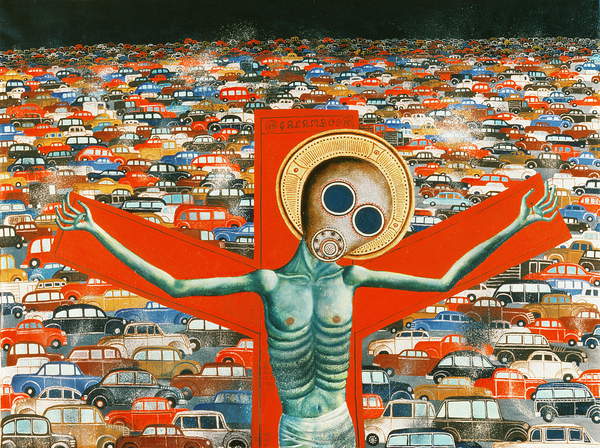
Tamas Galambos’ dystopian pieces use themes of death and destruction to warn us of the future consequences of our pollution.
7. National Geographic
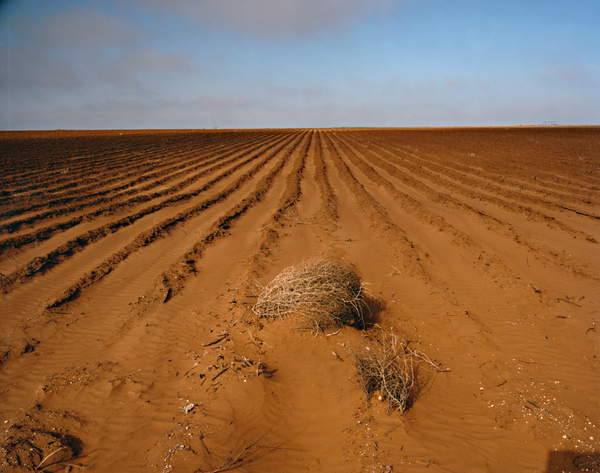
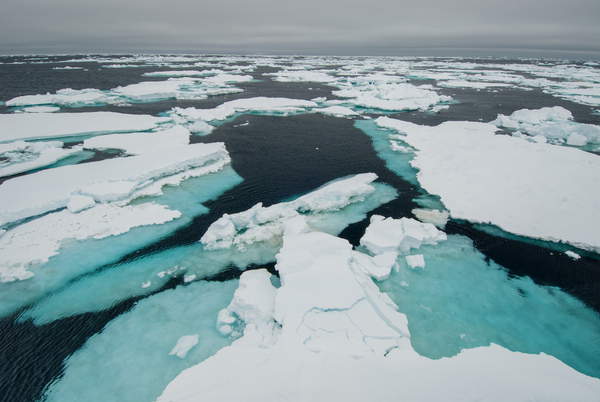
The National Geographic is a leading source of visual and factual information about climate disaster. The magazine have an unrivalled collection of photographs of floods, droughts, melting ice sheets and wildlife degradation.
8. NASA
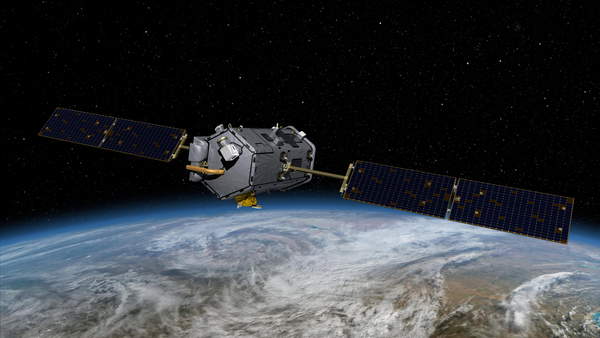
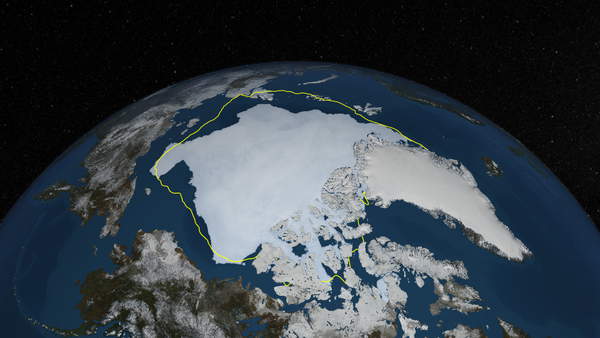
NASA pioneers new technologies in order to quantify and measure climate change over the years. Their satellites are able to record increases in global temperatures, greenhouse gas emissions, and tropical storms. They even have high-tech sensors that can collect data on the ocean, measuring surface temperature, wind direction, ice cover, sea level, and even marine life.
In the photo above, the trace of the arctic sea ice recorded by satellites from 1983 is superimposed on an image from 2013, showing significant melting that has occurred in the space of 30 years.
